If you've tried biltong, you've made a cracking start at embracing South African food. But you've only tickled the tip of the iceberg. Allow me to lure you with tantalising - albeit offbeat - dishes that are both delicious and memorable.
For the sake of easing you in, I'll steer clear of "walkie talkies," deep fried feet (walkie) and heads (talkies) of a chicken. I won't delve into crunchy Mopane worms served as alternatives to salad croutons. I'll merrily skip over bokkoms, sun-dried mullet fish that you bite into, straight off the bone. I'll also spare you the delights of stinkbugs enjoyed in rural South Africa as a dried snack.
You still there? In fairness, I've never tried them myself, and I can't say I plan to.
But there is so much you really should try. I've recently embarked on a self-drive mission to shine a spotlight on unique world cuisines that don't seem to get the recognition they deserve. So please, ditch that doner and kick out that korma. It's time to unravel the wonderfully playful palate of South Africa.
First, I must come clean. I am South African. Now I know I may seem biased, but I really do wholeheartedly believe that South African food is a gastronomic adventure and has been largely overlooked.
It's puzzling to me that with around 220,000 South Africans living in the UK, the native cuisine hasn't caught on. Admittedly, it is a confusing culinary mash-up, with influences from the Dutch, French, Indians, Malaysians and local tribes. There's no question the food is unusual, at times bizarre, but this is precisely what makes them so unmistakably South African. And also why you'd be doing yourself a total disservice by not giving it a try.
Here are my favourites, guaranteed to put a smile on your face:
Chakalaka & pap
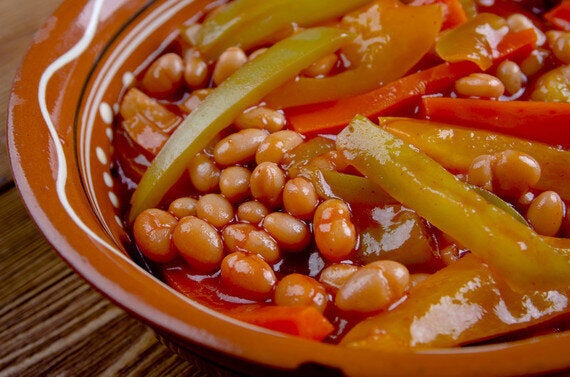
CanStockPhoto
This fun-to-say dish started in the townships of South Africa and quickly became a national mainstay. It's a simple spicy vegetable dish of onions, tomatoes, peppers, carrots and beans, and is often served cold. Think 'chutney meets ratatouille'. You'd typically find it cozying up to its wing man, pap, made from white corn maize. It's an obligatory condiment with braai (barbeque) meat, bread, salad and stews.
Bunny chow
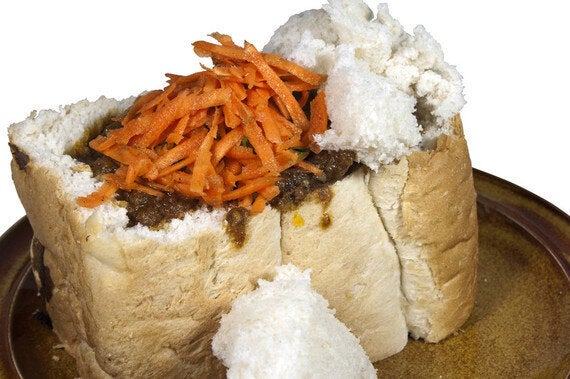
CanStockPhoto
For the avoidance of doubt... no bunnies get chowed. Once street food, it is now something of a movement. Durban's Indian working community originally created the dish, using loaves of bread in lieu of food containers. They hollowed out the inside and filled them with their favourite spicy curry. 'Bunny' comes from the word 'Bania' an Indian group of merchants who sold the curries. Try your own with whatever takes your fancy... full English anyone?
Monkey gland sauce
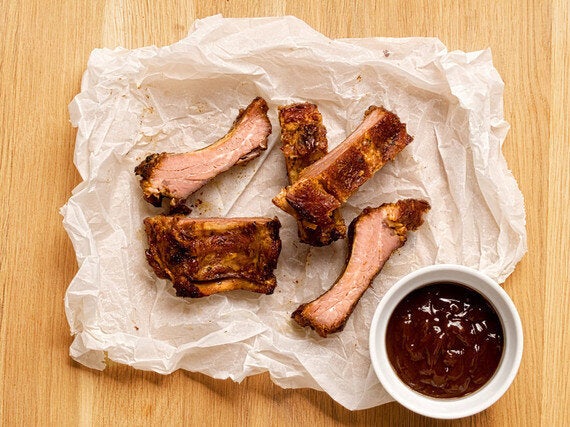
CanStockPhoto
I know what you're thinking. I can reassure you that even the most daring South Africans have their limits. This sauce has absolutely nothing to do with monkeys. The mysteriously named, hugely famous tangy sauce looks just like regular barbeque sauce and is made from a blend of fruit, spices, white wine vinegar and a mix of trusty household items like chutney, ketchup and soy sauce. It's delicious with pretty much all braai meat, and is a staple condiment in many restaurants.
Koeksister

CanStockPhoto
A koeksister is a traditional South African sweet dish. And I mean sweeet. It's basically fried dough dripping in syrup. Hot dough strips are plaited and then glazed with ice cold sugar syrup. They have a gorgeous golden crust and the inside is soft with a moist syrupy centre. The added fun is in the finger-licking super stickiness!
Droëwors
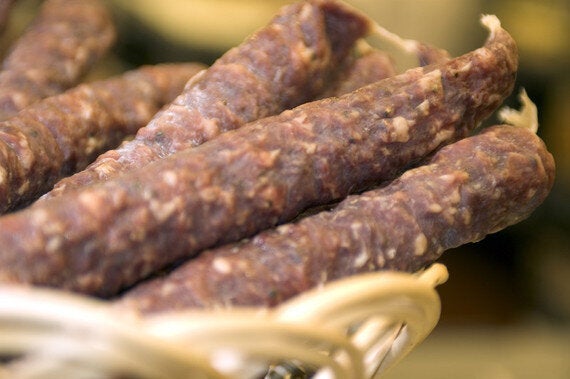
CanStockPhoto
Literally meaning "dry sausage" in Afrikaans, this is the air-dried brother of the very famous boerewors or "farmer's sausage." It is the perfect snack food, if you like coriander, that is. An ideal on-the-go munchie, you don't need to keep it in the fridge and you can find it pretty much anywhere. Tastes moreish just plain or fire things up with peri-peri.
Potjiekos
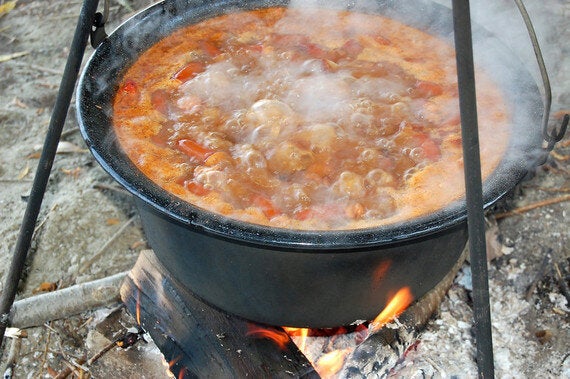
CanStockPhoto
Literally meaning "pot food", potjiekos (say poy-kee-kos) is the perfect outdoor experience. There's nothing quite as magical as watching a large cast-iron pot of stew, bubbling and hissing over an open fire. This is more about the experience than the recipe because anything goes. Choose from lamb, beef, ostrich, venison, fish, veggie, you name it. If it comes from the cast iron pot, it's potjiekos.
Vetkoek

CanStockPhoto
This traditional fried dough can be enjoyed sweet or savoury. Vetkoek (say fet-cook), meaning "fat cake" is a strange cross between a doughnut and a hamburger bun and is as perfect served with curried mince as it is with golden syrup. It's simple, yet so odd. Delicious though, however you like it.
Biltong
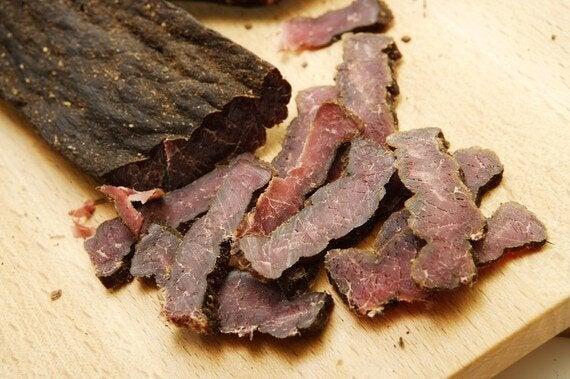
CanStockPhoto
A good old classic. Coming from Dutch, bil means "rump" and tong means "tongue". Still got your appetite? This famous delicacy is effectively raw meat that has been dried and cured. The early Dutch pioneers, the "voortrekkers" preserved meat for their travels inland, known as the "Great Trek." It may sound questionable to some, but it is absolutely delicious. I find I develop a bad case of the 'once-you-start-you-can't-stop' syndrome every time I take a bite.
Stay tuned for more world cuisines that I feel deserve a little more widespread visibility.